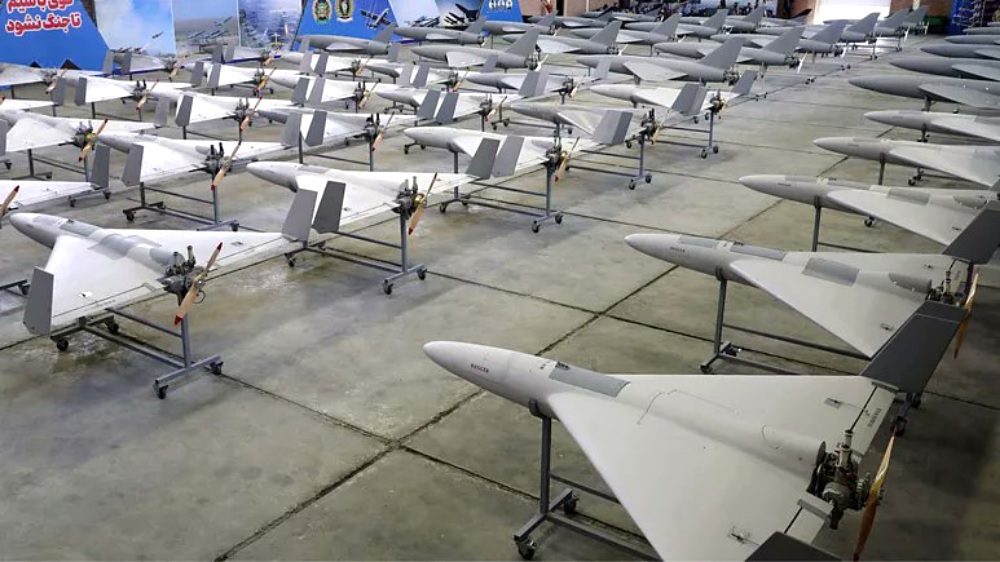India's Strategic Masterstroke: Mirroring the ISS Orbit for India's Space Station

India's ambitious plans for its upcoming space station have taken a significant step forward with the announcement of its intended orbital inclination. The Indian Space Research Organisation (ISRO) has revealed that the station will orbit at a 51.5-degree inclination, nearly identical to the International Space Station's (ISS) 51.6-degree path. This decision marks a strategic move that could pave the way for future international collaboration and scientific advancements.
Orbital inclination, the angle between an orbit's plane and the equatorial plane of a celestial body, is crucial in spacecraft operations. A higher inclination allows for comprehensive Earth observation, including polar regions, and enhances global communication by enabling satellites to connect with ground stations worldwide. By choosing this particular inclination, ISRO is setting the stage for extensive coverage and connectivity.
The choice of orbital inclination is far from arbitrary. It reflects a careful balance between technical constraints, international cooperation potential, and scientific benefits. While China's Tiangong space station orbits at a 42-degree inclination, India's decision to align with the ISS's orbit suggests a forward-thinking approach to space exploration. One of the primary advantages of this orbital inclination is the extensive coverage it provides. At 51.5 degrees, the space station will fly over approximately 90% of the Earth's inhabited areas. This broad swath enables comprehensive Earth observation capabilities and facilitates communication with a wide network of ground stations across the globe.
The alignment with the ISS's orbit also opens up possibilities for future collaboration. As the ISS is scheduled for deorbiting by 2030, India's space station could potentially fill a crucial gap in the international space research landscape. Manish Purohit, a former ISRO engineer who also writes for IndiaToday.in, explained the matching inclination would simplify rendezvous and docking procedures for visiting vehicles from other space agencies, reducing fuel consumption and operational complexities. Moreover, India may be able to leverage existing ground infrastructure established for tracking and communicating with the ISS. This could lead to significant cost savings and operational efficiencies as India develops its space station program.
However, achieving and maintaining this orbital inclination will present challenges for ISRO. Unlike the Russian Soyuz launches from Baikonur Cosmodrome, which naturally align with the ISS's orbit due to the launch site's latitude, India's launches will require specific maneuvering to reach the desired inclination. This will demand precise calculations and potentially more fuel usage during the initial stages of the mission.
While the official rationale behind India's choice has not been fully disclosed, the decision reflects a well-considered approach to space exploration. By aligning with established international norms, India positions itself as a potential key player in the future of space research and collaboration. As ISRO continues to develop its space station plans, the international space community will be watching closely. India's ambitious project not only represents a significant leap in the country's space capabilities but also signals its readiness to play a larger role in global space exploration efforts.
This strategic move by ISRO highlights India's growing influence in space technology and research. With the alignment to the ISS orbit, India is not just following a path laid out by others but strategically positioning itself for future advancements and collaborations in space exploration.



